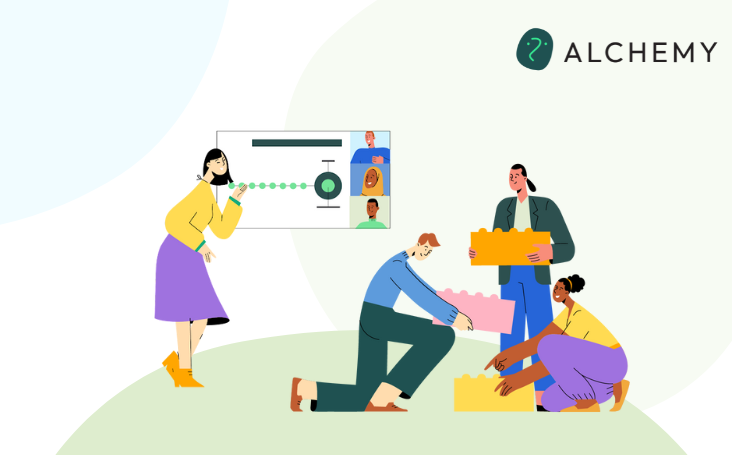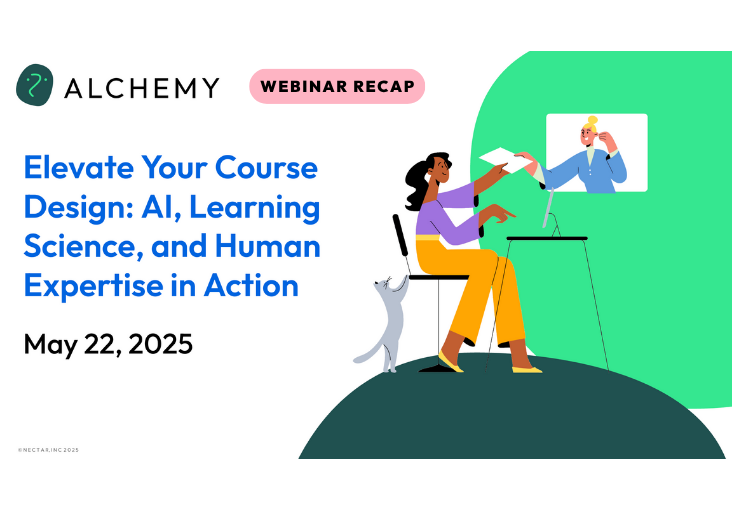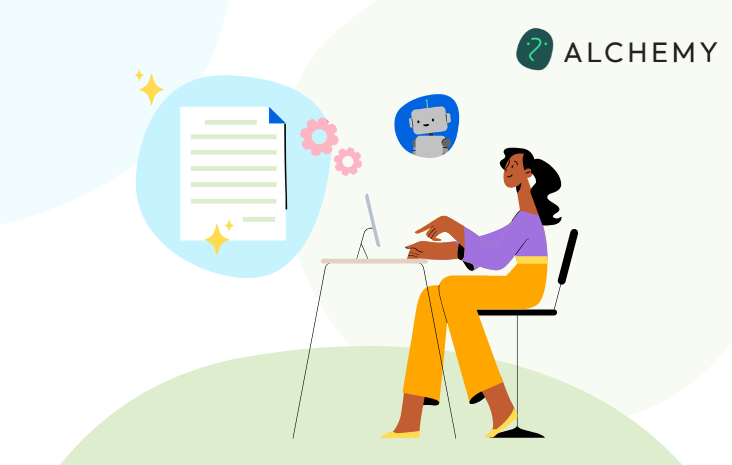Article
Reimagining the Road Back: Re-Engage Stopped-Out Students with Alternative Pathways

Higher education is facing a growing challenge: how to re-engage the millions of “stopped-out” college students—learners who started a degree but left before completing it.
These students didn’t fail. They paused. Life happened—whether due to financial constraints, caregiving responsibilities, or work obligations. Yet most institutions still operate under legacy systems that weren’t built to welcome these learners back.
To support this population, colleges and universities must go beyond outreach. They need intentional, flexible, and career-aligned educational pathways that make re-entry possible—and meaningful.
This is one of the topics we explored in our recent webinar with Jared Auclair, Ph.D. (Dean, Northeastern University) and Douglas Harrison, Ph.D. (Associate Dean, NYU School of Professional Studies). The discussion explored how alternative academic pathways can support a wide range of learners—especially those who have “stopped out”—and how these models are reshaping what success looks like in modern higher education.
Why Students Stop Out—and What Brings Them Back
Many learners who leave college still want to complete their degree. But without clear, flexible pathways back, they often stay disconnected. What brings them back?
- Programs that honor prior learning and experience
- Accelerated options like stackable credentials and combined degree tracks
- Strong ties between academic programs and real-world workforce opportunities
- Learning environments where they feel seen, supported, and included
As Dr. Harrison emphasized, returning students are often weighing their time, finances, and responsibilities. For them, re-enrolling must feel like a step forward—not a reset.
The Role of Alternative Pathways in Higher Ed
Creating flexible, applied, and career-relevant academic pathways is essential to institutional sustainability, workforce alignment, and educational equity. Our panelists highlighted several strategies that are helping institutions create more responsive, accessible pathways:
- Credit for prior learning to reduce time to completion
- Online and hybrid course models that support busy, working learners
- Industry-aligned programs that prepare students for in-demand fields like cybersecurity and AI
- Supportive structures within Schools of Professional and Continuing Education that prioritize access and impact. These schools are uniquely positioned to experiment with models that reflect the complexity of today’s learners—and provide the kind of structure and speed that re-engagement requires.
It’s important that institutions are building systems that meet students where they are and prepare them for where they want to go.
More Than Modality—A Mindset Shift
As Dr. Auclair shared, flexibility can’t be limited to format. It has to be structural. Take Northeastern’s PlusOne program, which enables students to earn both a bachelor’s and master’s degree in five years. It’s not just an accelerated pathway—it’s a reimagining of what’s possible when programs are built to reflect learner goals and realities from the start.
And while design is critical, so is belonging. Institutions must create environments where returning learners feel they have a place—where their experiences are valued and their futures are invested in. That includes academic support, identity-affirming spaces, and clear connections between what they’re learning and where they’re headed.
Building the Future of Higher Ed—One Pathway at a Time
Today’s learners are looking for flexibility, relevance, and support. Alternative pathways help meet those expectations—and create opportunities for students to return with confidence, continue with purpose, and complete with pride.
And for institutions, these pathways offer more than enrollment solutions. They represent a new framework for supporting success—one that’s more equitable, more adaptable, and more aligned with the world students are preparing to enter.
Watch the full webinar recording to hear directly from our panelists and stay tuned for more from our leadership series on evolving higher education for the modern learner.


